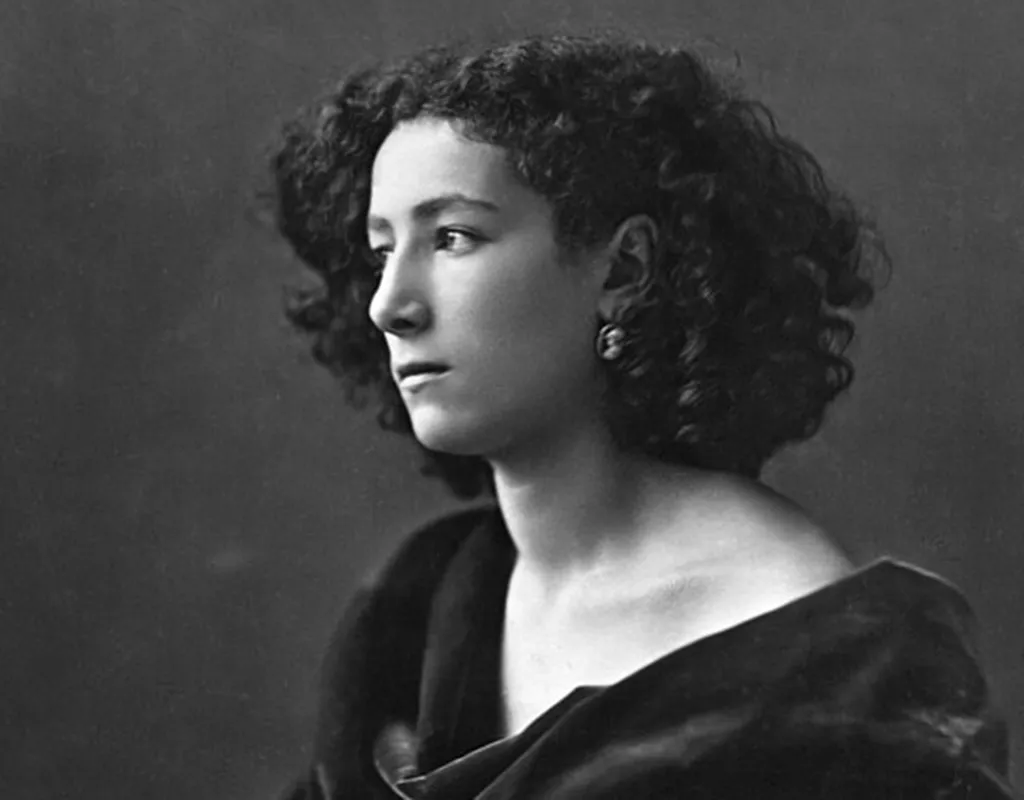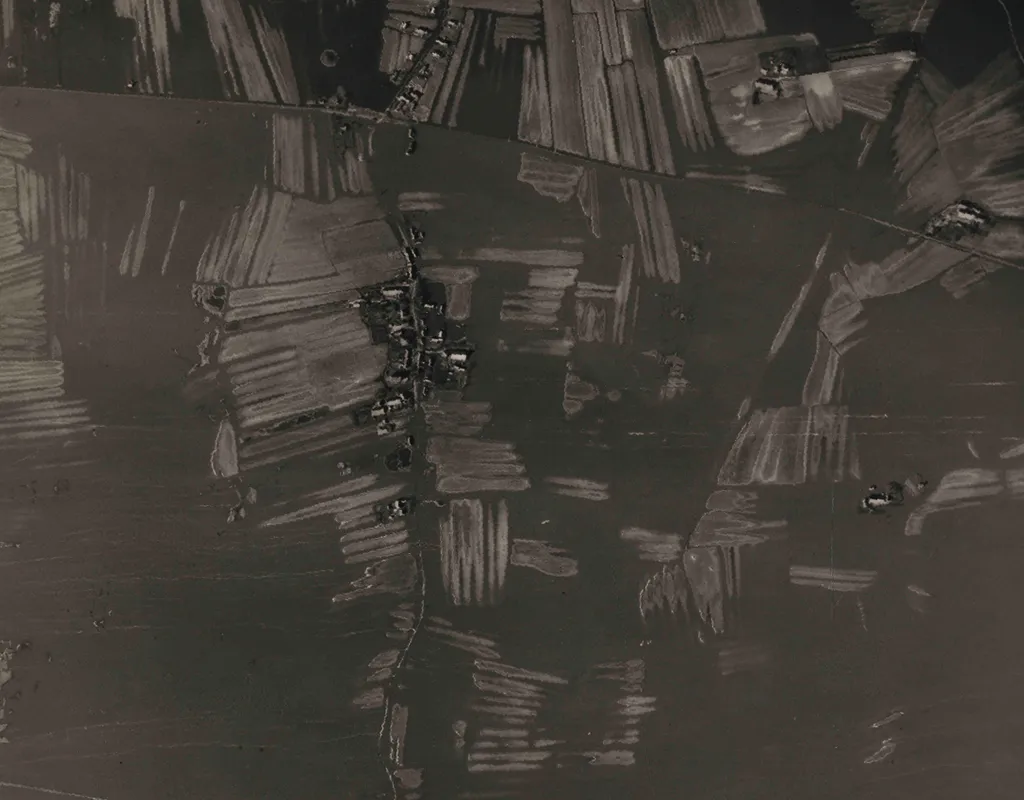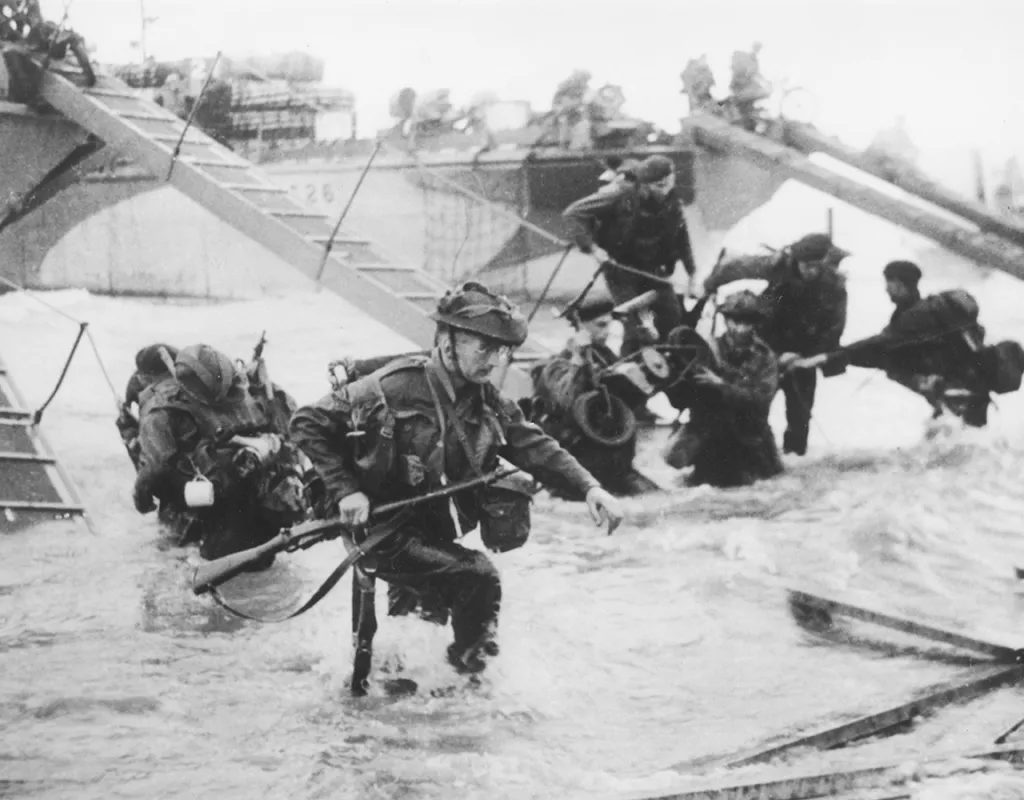“The four-engined aircraft tried to get home and away at high speed, whilst slightly losing height. I slowly got closer, until I could make it out with my bare eyes. I gradually lost some height and positioned myself 100 to 150 metres beneath my target. It now hung over us, as large as a barn door. I put my sights on the fuselage and with the Schräge Musik I fired through the whole length of it. Our target dived down steeply and crashed onto the ground in the area of the mouth of the River Scheldt. We saw how it exploded on impact, with a huge detonation and a sheet of flames.”
This account by Luftwaffe pilot Oberleutnant Gottfried Hanneck, which appears in Legend of the Lancasters by Martin Bowman, details an event that happened in the skies above the hamlet of Elkerzee on the island of Schouwen-Duiveland, Zeeland, in the south-west of the Netherlands, on the night of 11 May 1944.
One day, 75 years later, Bath resident and Who Do You Think You Are? Magazine reader Michèle Gross was surprised to receive a Facebook message from Richard Wyatt, a local journalist, saying that a historian from the Netherlands was trying to get hold of her. She emailed Marcel van der Wielen, who was researching the plane crash of a relative of hers. Hanneck’s account supposedly details the events leading up to the crash, but Marcel had discovered otherwise.

On that May night, the crew on the No. 166 Squadron Avro Lancaster piloted by Michèle’s relative, 21-year-old Geoffrey Clark, were only on their second mission. Also on board were radio operator, Sergeant Raymond Bond, 21; mid-upper gunner, Sergeant Herbert Tulett, 38; rear gunner, Sergeant Leonard Smith; bomb armer, Flight Sergeant Basil Brackley, 22; navigator, Flight Sergeant Percy Pool, 29; and flight engineer, Sergeant Kenneth Slater, 21.
The following morning 19-year-old Leen Verwest was first on the scene. His account would help to set the record straight – and ultimately led Marcel to Michèle.
A keen genealogist, Michèle helps out at the local archives. She already knew plenty about her father’s side of the family. He was French and had a very famous ancestor: actor Sarah Bernhardt is Michèle’s great great grandmother.

“I am Bernhardt’s last surviving descendant in England. My grandmother Simone was her granddaughter – I knew her quite well, and she was one of the two children from Bernhardt’s only and illegitimate son Maurice. He married a Polish princess, Marie-Thérèse Jablonowska, so I have a bit of Polish blood as well.”
However, Michèle knew very little about her mother Alma’s side. “I started looking into my family history about five years ago, on MyHeritage. It’s been fascinating.”
Alma had a difficult childhood. “It wasn’t a happy household, so she was glad to stay with her ‘Uncle Pop’ and ‘Aunty Hop’ when she could. George and Florence Clark had one child Geoffrey, who was my mother’s favourite cousin.
“My mother used to say that what happened to Geoffrey was so sad – he was killed in the war, shot down aged 21. She knew nothing more than that.”

Thankfully, Marcel had ferreted out the details. He had grown up near Elkerzee, and first became intrigued by the Lancaster that had crashed nearby in 2013 when his father told him a story from his childhood. “In 1944, my grandfather had found some surviving airmen who had crashed in Elkerzee, and was given a photo of Geoffrey by these airmen. The photo is now in the archives of the municipality of the island Schouwen-Duiveland.”
Marcel set about trying to identify the airmen’s plane, and what had happened to it. “I found websites with this information in 2018.” One was Dutch Study Group Air War 1939–1945, which holds a Loss Register, and the other was Wings to Victory, which focuses on crashes in Zeeland.
The records state that Geoffrey’s plane was shot down by Gottfried Hanneck. “During the course of my research I discovered that this could not be true,” explains Marcel. “Hanneck says that the plane he downed that night should have hit the ground with a huge explosion and would have resulted in an impact crater. I tried to pin down the plane’s route and get a better picture of the entire event. I located the crash site exactly using RAF aerial photos for the area from 1944/1945. However, on the photographs you cannot see any impact crater. I thought that was a bit strange.”

Confirmation of his theory came in the form of an eyewitness account from Leen Verwest, who was now 94, but remembered the event vividly. “He could exactly point out the crash site and told me that when he found the plane, three crew members were hanging dead just outside it with their parachute rigging entangled, but the aircraft was still intact.” His recollections suggest that the plane did not go down with huge force, and tallies with the aerial photos. Leen said that it looked as if the pilot had tried to land.
Of the seven men on board, four died in the crash: Sergeant Bond, Sergeant Tulett, Sergeant Smith and Geoffrey, who was still at the controls.
The Operations Record Books at The National Archives in Kew revealed that on the night of the crash, Bomber Command had three targets, all of them in Belgium: a military camp with SS troops in Bourg-Leopold, and the marshalling yards of Hasselt and Leuven where freight wagons were organised into trains.
“The missions in May 1944 were preparations for the landing of the Allied forces in Normandy the following month,” says Marcel. “Unfortunately, the mission in Hasselt that No. 166 Squadron was tasked with was not successful due to difficulties in identifying the target.” Most of the planes returned to their base at RAF Kirmington in Lincolnshire that night, but not all. At the end of the account in the Operations Record Book it says simply, “One aircraft, flown by Pilot Officer Clark and crew, failed to return.”

As a result of his research, Marcel has concluded that it was another plane that Oberleutnant Hanneck shot down. “A second Lancaster crashed that night in Melsele, a small town west of the mouth of the River Scheldt in Antwerp. This plane did go down with huge impact and an explosion, and as a consequence its crew members could not be identified or recovered from the wreck. This plane belonged to No. 61 Squadron, and was on the way back from its mission to Bourg-Leopold.”
It’s therefore not clear who shot Geoffrey’s plane down, but Marcel does know what happened to the three airmen who survived the crash. One was taken prisoner on the morning of 12 May in Elkerzee, and two others – the ones his grandfather had seen – were captured in the evening in a barn in nearby Brijdorpe.
He believes that the trio bailed out of the exit beneath the plane, the nearest to where they were seated. The others were stationed near the rear tail exit, where there was more chance of becoming entangled as they jumped.
Marcel believes that the trio bailed out of the exit beneath the plane
Marcel has concluded that Geoffrey was still manoeuvring the plane, trying to land, when it crashed. “A book about the history of nearby Zierikzee mentions that a plane had dropped bombs nearby on the night of 11 May 1944. They were completely in line with the flight path from Hasselt back to Kirmington. If Geoffrey jettisoned his bombs before attempting to land, it would explain why the plane was found relatively intact.”
Leen helped to put the bodies of the airmen into coffins. “They were buried on 17 May 1944 in a military graveyard in Haamstede on the island of Schouwen-Duiveland,” Marcel says. “After the war, the bodies were reburied in the Commonwealth War Graves Commission’s cemetery in Bergen op Zoom.
“As soon as I found out the names of the crew members, I decided to try to get in contact with relatives, because I thought that maybe they had heard some stories about the plane crash.”
Michèle is very glad that he did: “I was astonished when I found out exactly what had happened to Geoffrey – it’s just extraordinary.”
Thanks to Marcel, she now knows that in his last moments, despite his young age, her mother’s favourite cousin kept a cool head and focused on landing his plane in an effort, perhaps, to save his crew and prevent further deaths on the ground.
Do you have a family history story to share with Who Do You Think You Are? Magazine? Please email us on wdytyaeditorial@ourmedia.co.uk to appear in print!
